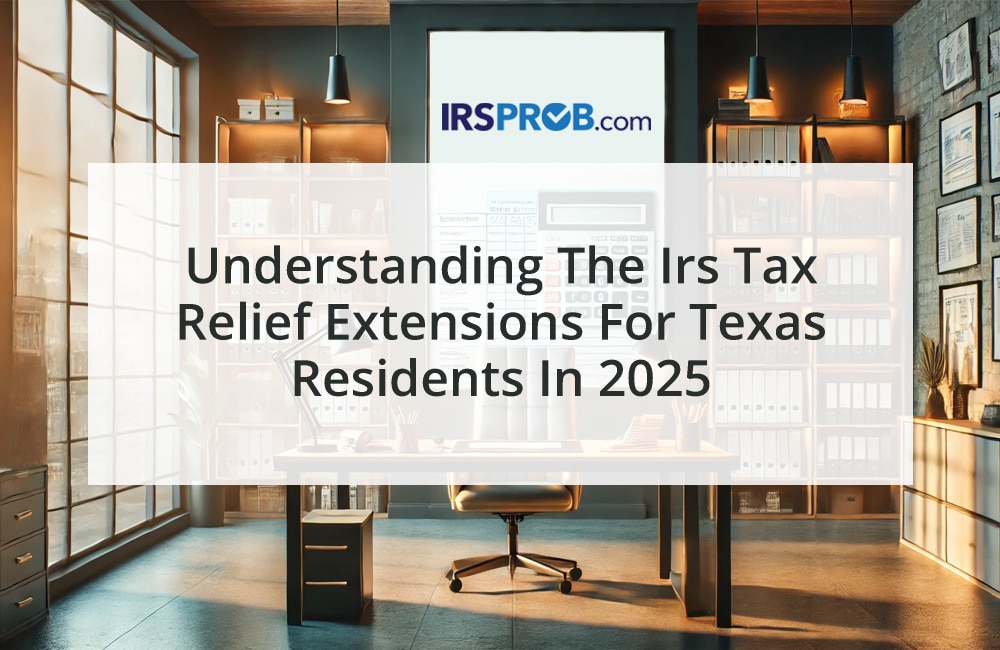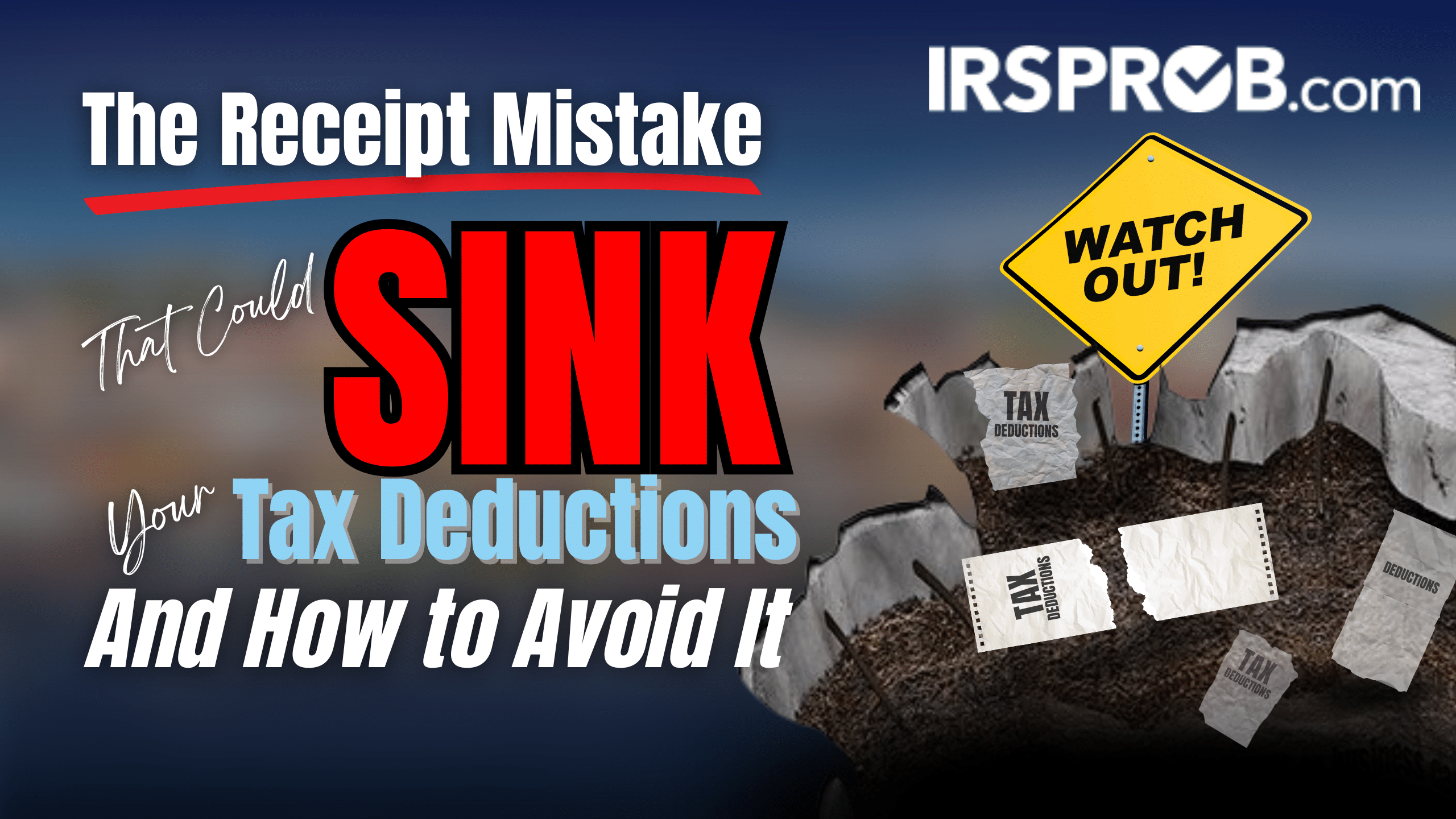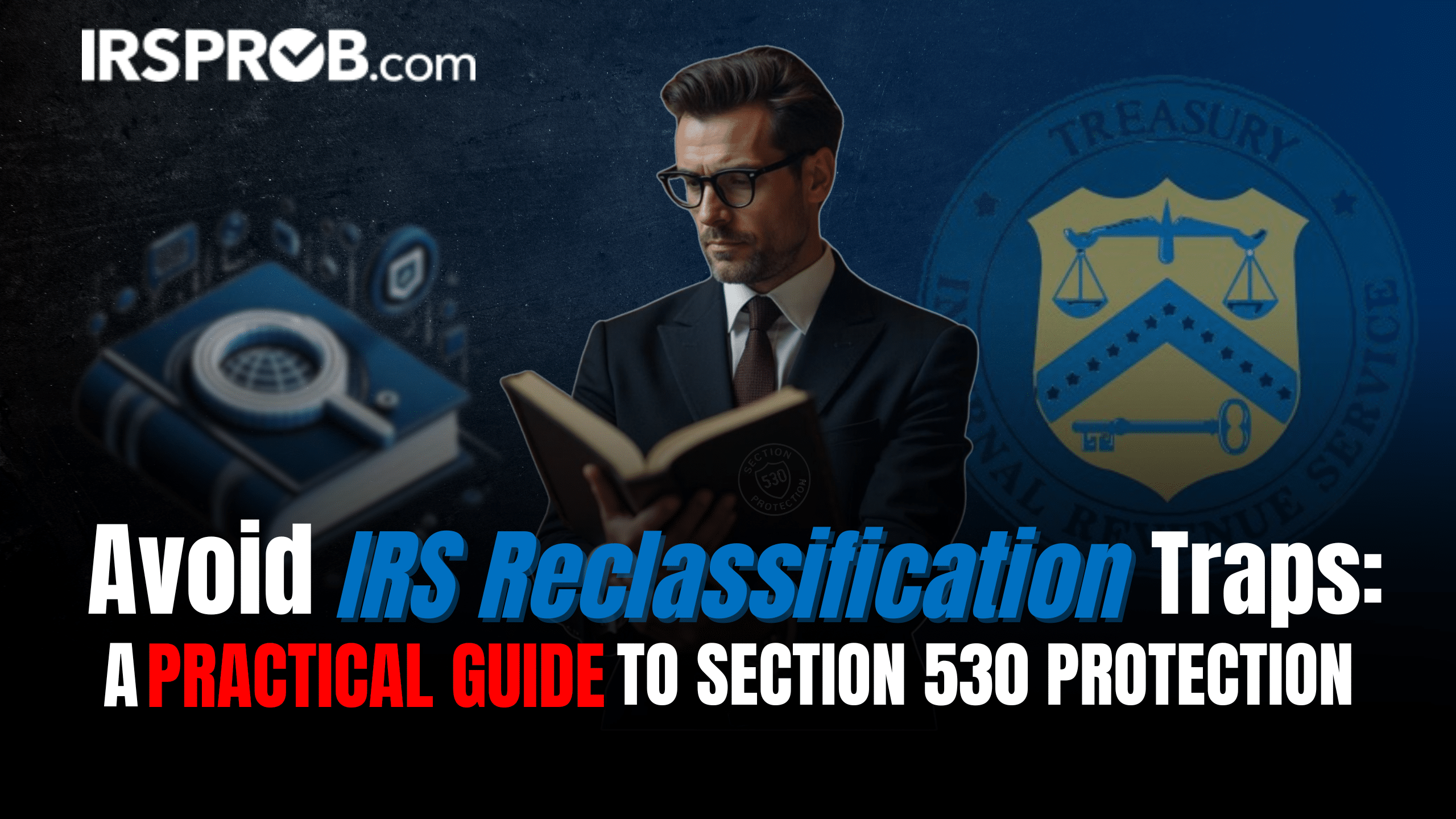The new California AB 5 law is upsetting to both employers, and independent contractors, for several reasons.
Employers who employ independent contractors save on Social Security taxes, Medicare taxes, employment taxes, unemployment taxes, paid vacation and other time off, and can avoid many workplace rules. Independent contractors also enjoy workplace freedom, can deduct their business expenses, can set their own hours, and can generally put away as much as they desire into their solo 401(k) accounts.
AB 5, by law, simply makes many independent contractors W-2 employees. Both employers and independent contractors lose their previous advantages.
Now, don’t think this AB 5 independent-contractor-to-employee displacement affects only businesses located in California. Think of the company that had 45 independent contractor sales reps, three of whom were in California. So that all
sales reps would be treated the same, the company converted all the traveling sales reps to employees, who now suffer as does the individual in Dynamex causing Incorrect W-2 Classifications for Independent Contractors.
Other states may enact AB 5 or their versions of AB 5. Right now, New York and New Jersey are considering adopting an AB 5 law of some variety.
Are you affected by this new law? Are your independent contractors now employees thanks to California’s legislature? Read more, and get the entire story as it currently exists today.
Does This Apply to Me?
If your business has workers based in California who perform services in California, they are beholden to AB 5, and you need to know how AB 5 impacts both your workers and your business.
Does California’s AB 5 Turn Your Contractors into Employees? What Federal Law Says
Federal law looks to common-law principles for worker classification, which over the years have proven difficult to apply. But there’s the Section 530 rule that protects most businesses. The IRS, in its efforts to make 1099 independent contractors W-2 employees, relied for years on a 20-factor test. This test proved complicated, and today the IRS has broken the 20 factors in three broad factors as described below:
1.) Behavioral control. You look more like an employee if the company you work for has a lot of control over the day-to-day details of your work, such as through specific instructions in your contract or through a supervisor. On the other hand, you look more like an independent contractor if you primarily decide how to perform your work.
2.) Financial control. You look more like an independent contractor if you have invested significantly in your business, if you have unreimbursed expenses, and if you run the possibility of incurring a loss.
3.) Type of relationship. You look more like an employee if you work exclusively for the company; plan to work there indefinitely; and get benefits such as retirement plans, sick days, and medical benefits.
What California Law Said Before
From 1989 until the enactment of AB 5 which became generally effective in 2020, the Borello test determined whether a worker was an employee or an independent contractor for California purposes. The Borello test weighs 13 factors to determine whether an employer has the right to control the services
performed by a worker:
1.) Whether the worker performing services appears to be engaged in an occupation or business distinct from that of the employer.
2.) Whether the work is a regular or integral part of the employer’s business.
3.) Whether the employer or the worker supplies the instrumentalities, the tools, and the place for the worker to do the work.
4.) Whether the worker has invested in the business, such as in the equipment or materials required by his or her task.
5.) Whether the service provided requires a special skill.
6.) The kind of occupation, and whether the work is usually done under the direction of the employer or by a specialist without supervision.
7.) The worker’s opportunity for profit or loss depending on his or her managerial skill.
8.) The length of time for which the services are to be performed.
9.) The degree of permanence of the working relationship.
10.) The method of payment, whether by time or by the job.
11.) Whether the worker hires his or her own employees.
12.) Whether the employer has a right to fire at will or if a termination gives rise to an action for breach of contract.
13.) Whether the worker and the employer believe they are creating an employer-employee relationship (a relevant consideration despite no basis as a legal determination).
What California Law Now Says
AB 5 codified a California Supreme Court case called Dynamex and made its ABC test generally applicable statewide unless your profession got a specific exemption.
The AB 5 law became effective January 1, 2020, with different time frames applying in select circumstances, such as the Workers’ Compensation Insurance rule that begins on July 1, 2020.
Under the ABC test, the law presumes your workers are employees for California Labor Code and Unemployment Insurance Code purposes unless your business meets a three-factor test:
Your business must meet all three prongs of the ABC test to treat your worker as an independent contractor:
A. Your worker is free from your control and direction in connection with the performance of work, both under the contract for the performance of the work and in actual fact.
B. Your worker performs work that is outside the usual course of your business.
Your worker is customarily engaged in an independently established trade, occupation, or business of the same nature as the work performed for you.
C. Your worker is customarily engaged in an independently established trade, occupation, or business of the same nature as the work performed for you.
AB 5 Exceptions
The following professions are exempt from the ABC test and continue to use the Borello test:
1.) Certain licensed insurance agents and brokers.
2.) Certain licensed physicians, surgeons, dentists, podiatrists, psychologists, or veterinarians.
3.) Certain licensed attorneys, architects, engineers, private investigators, and accountants.
4.) Certain registered securities broker-dealers or investment advisors or their agents and representatives.
5.) Certain direct salespersons.
6.) Certain licensed commercial fishermen (only through December 31, 2022).
7.) Certain newspaper distributors or carriers (only through December 31, 2020).
8.) Certain professional services contracts for marketing; human resources administration; travel agents; graphic design; grant writers; fine artists; enrolled agents licensed to practice before the IRS; payment processing agents; still photographers/photojournalists; freelance writers, editors, or newspaper cartoonists; and licensed barbers, cosmetologists, electrologists, estheticians, or manicurists (manicurists only through December 31, 2021).
9.) Certain individuals performing work under a subcontract in the construction industry, including construction trucking (with certain specific conditions applicable to construction trucking only through December 31, 2021).
10.) Certain service providers who are referred to customers through referral agencies to provide graphic design, photography, tutoring, event planning, minor home repair, moving, home cleaning, errands, furniture assembly, animal services, dog walking, dog grooming, web design, picture hanging, pool cleaning, or yard cleanup.
11.) Certain individuals performing services pursuant to a third party’s contract with a motor club to provide motor club services.
12.) Certain business-to-business contracting relationships.
Controversies
AB 5 is indeed controversial—there are many lawsuits challenging the law. The California Trucking Association; the American Society of Journalists and Authors, Inc.; and Uber and Postmates drivers all sued California in federal district court, and these cases are still pending. In addition, Uber, Lyft, and DoorDash filed paperwork to put forward a 2020 ballot initiative to exempt their workers from the ABC test. Even though lawsuits are pending, AB 5 is the general law of the land for making the employee-or-independent contractor determination under California law.
Final Thoughts
First, this is truly a mess. Imagine treating your California worker as a W-2 employee for California purposes and then as an independent contractor for federal purposes. You could likely do this, but there would be complications.
If you don’t have California workers but you have independent contractors in other states, make sure you have Section 530 status or other leverage that avoids federal penalties for wrong classifications. We don’t have any precedent yet on how workers can avoid the AB 5 W-2 classification, but you have to think that forming an S corporation or a C corporation would help meet the ABC test. Many workers who pay their own expenses have a vested interest in avoiding the W-2 classification because employee business expenses are no deductible for years 2018-2025.
Takeaways
If your business has workers in California, you need to determine how AB 5 impacts your classification of them as employees or independent contractors.
The new, stricter ABC test could mean the worker would normally be an independent contractor under federal common-law standards, but an employee for purposes of California law. If your workers are subject to the ABC test, consider the following:
1.) Ensure your business has insufficient control over the worker.
2.) Define your core business activity and how it does not relate to the services provided by the worker.
3.) Use true independent contractors (who have required business licenses, have clients in addition to your business, and advertise themselves as available for business, for example) and get documentation prior to selecting them.
If your business is outside of California and you have California contractors, you face the rules above. Further, your state may be looking to enact an AB 5 type of law, so be alert (and possibly think about trying to help defeat the legislation).








